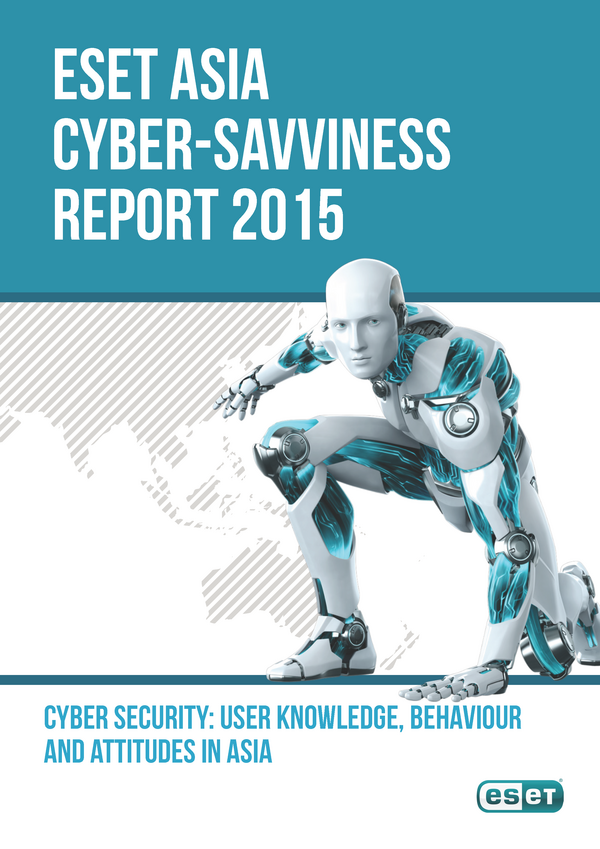The cyber security landscape has evolved dramatically in recent years. Gone are the days when ‘hacking’ was confined to a tech savvy few, flexing their online prowess for recognition among their peers. Today, cybercrime is a multibillion black market industry, which according to analyst firm Gartner is expected to cost businesses across the world approximately US$76.9b in 2015, that’s an 8.2% increase y-o-y on security spend.
In the past, the only cyber threats users had to worry about came from viruses and unsophisticated Trojans. Today cybercriminals are better funded than ever before, employing increasingly sophisticated and targeted attacks that seek to exploit any vulnerability in a company’s or individuals’ network.
The results of a breach can have far-reaching implications, for businesses resulting in loss assets and/or data, including confidential information and company secrets. It can also result in disruption to a company’s operations, or worse, loss of reputation and customer confidence. For individuals, the results can be just as damaging, leading to the theft of personal information, identity theft, monetary theft or personal computers being employed by hackers as ‘drones’ for their illegal online activities. Of course this activity also has overarching economic implications for society, costing governments billions of dollars each year.
In Asia-Pacific, cybercrime dominated media headlines throughout 2014 and into 2015, with high profile attacks targeting Malaysian Airlines, M1, SingPass and more. This has made cyber security a boardroom issue and a key priority for governments across the region, resulting in tightened regulations and increased spending on more stringent security measures. According to a recent report by Gartner, the effects of this sea change will become particularly noticeable in South East Asia, which is expected to reach US$62b in IT spend by 2018, with Singapore, Malaysia, Indonesia and Thailand accounting for 83% of the spend, spread across data centres, software, IT services, devices and telecoms.
